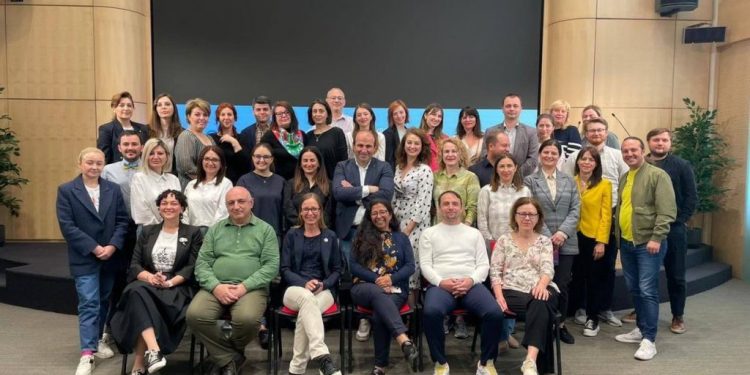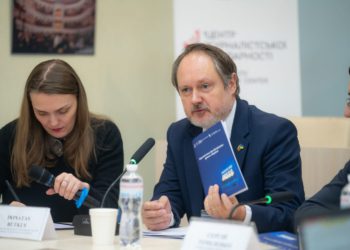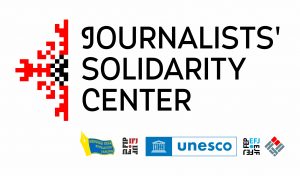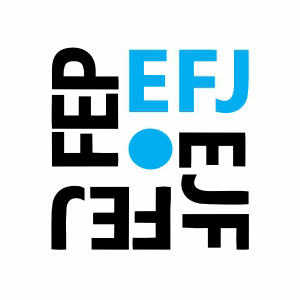European partners lack information from the regions and occupied territories: the picture they get is mostly Kyiv-centric.
“I tried to give them a broader view of the problems outside Ukraine’s capital,” says the First Secretary of the National Union of Journalists of Ukraine (NUJU), Lina Kushch, about her working week in Brussels and personal acquaintance with the work of the system of regulation and self-regulation in European media, which is provided by authoritative organizations, associations, and network.
Those divisions of the EU institutions that deal with Ukraine mostly know the context well and have read about all the high-profile scandals and conflicts. But our partners lack information from the regions and the occupied territories – due to the lack of their sources. Therefore, in my opinion, the picture that European partners have is Kyiv-centric. She tried to give them a broader view of problems that are not limited to the capital.
A key problem in combating disinformation on social networks is the lack of a sufficient number of qualified moderators. Algorithms are imperfect; there are few people who manually check complaints, and these people do not always have enough knowledge.
Social networks and platforms have radically changed the business model of the media, encouraging them to “hype” and use unethical methods. The EU is trying to do something about it. However, there is no successful experience yet, as it is only the beginning.
The fight against russian propaganda is not enough to deny, to say, “This is not true.” It is necessary to block the channels to find countermeasures to the methods – and the russians adapt every time; plus, artificial intelligence provides many opportunities to automate this activity and spread it instantly to a very large audience. Europeans are looking for methods of “disinfection.”
In Belgium, state-subsidized media must be members of a self-regulatory system. Receiving state funds does not impose any obligations on the media (no need to praise the government). The self-regulatory body is financed partly through media contributions and partly through the budget (funds come through the journalists’ association).
The state regulator and self-regulatory bodies have clearly demarcated spheres of activity: a complaint about the media is considered by either the regulator or the self-regulatory body. For them to be considered at the same time is a very, very rare case.
Advertising in the media has clear rules, and in some countries, commercials must be pre-approved by a self-regulatory association. You can also voluntarily apply for approval of the content of an ad.
Lina Kushch thanked the entire ITP team for the brilliant preparation and implementation of the trip program, as well as the Ukrainian group for mutual support and cooperation throughout this project.

 THE NATIONAL UNION OF
JOURNALISTS OF UKRAINE
THE NATIONAL UNION OF
JOURNALISTS OF UKRAINE
















Discussion about this post